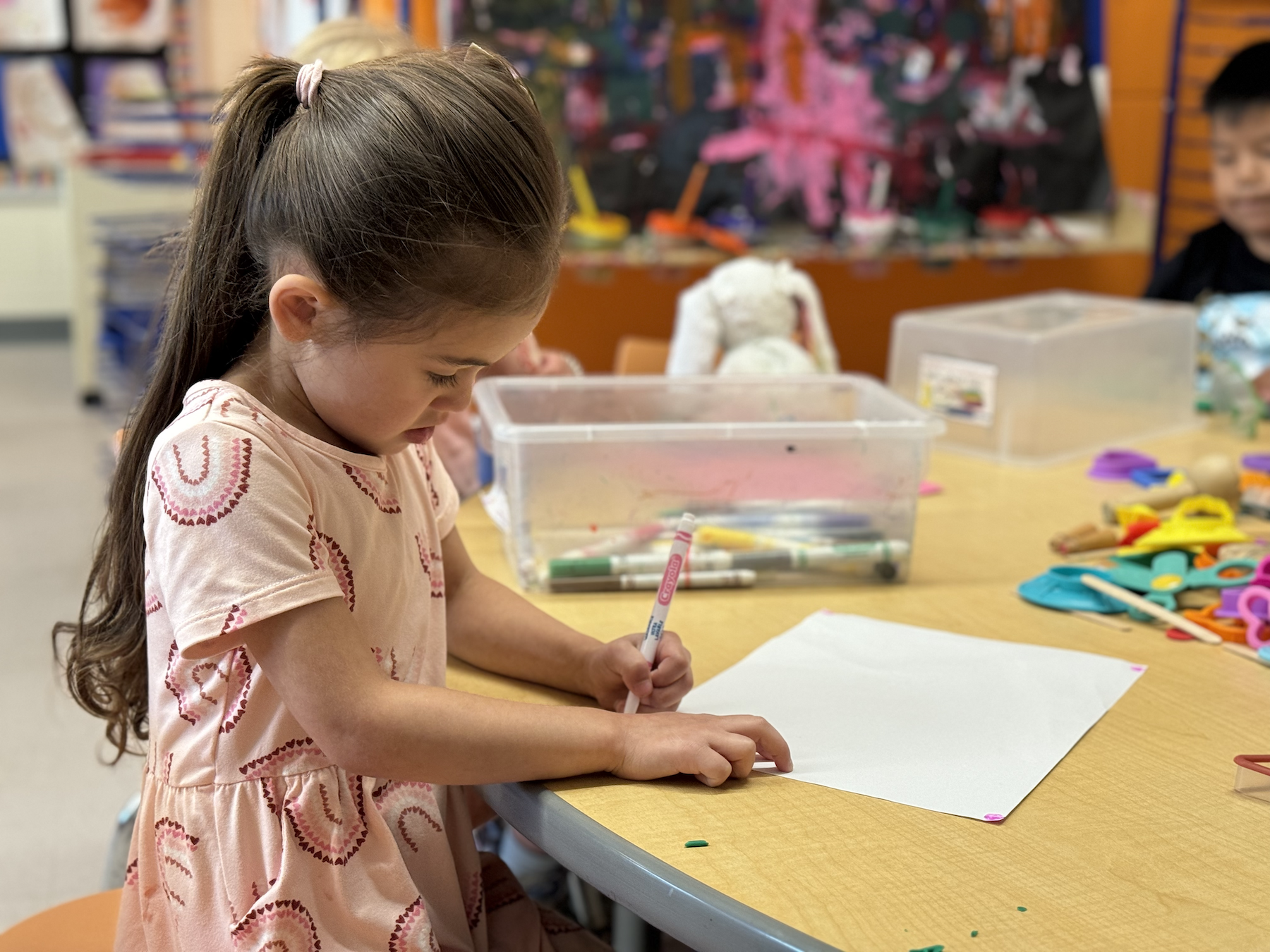
SEPTEMBER 17
BOND REFERENDUM
Our community counts on Middle Township Public Schools.
We take that responsibility seriously and strive to be responsive to our community’s changing needs.
- We maximize our current building space. For example, MTPS will accommodate 14 pre-k classrooms next school year, a notable increase from the current 11 sections. However, even with this adjustment, more than 100 Middle Township children will remain on a waiting list for tuition-free, full-day pre-k.
- Our schools also lack adequate and appropriate space for small group instruction, which has become increasingly important to ensure all students are supported academically.
- The district’s athletic facilities benefit those beyond the school community, but current availability is limited. The grass field is vulnerable to rainouts and the playing and practice schedule is heavily booked.
- Adding a turf field with lighting would provide many more opportunities for our sports teams, Township recreation leagues and other local organizations.
For these reasons and more, MTPS will hold a bond referendum on Tuesday, Sept. 17, as a strategy to meet our community’s needs.

How could a bond referendum help MTPS?
A bond referendum provides MTPS with an opportunity to secure funding from the community for much-needed facility improvements and expansions through a public vote. With voter approval, the state will contribute funding toward the project costs, reducing the amount needed from local taxpayers. Districts across New Jersey use these kinds of votes as a strategic financial tool for compelling reasons, such as:
- The state contributes money toward projects when voters approve a referendum.
- Upfront funding means large-scale projects can be completed within a few years.
- The regular operating budget pays for staffing, transportation and other daily needs, without much left over for building projects.
- Taxpayers statewide pay into the revenue that funds school construction, but only communities that pass bond referenda see some of that money come back to their schools.
For MTPS, a bond referendum presents an opportunity to address renovations, HVAC upgrades and the need for expanded space – in less time and with less local funding.
A fall vote could mean summer construction.
If voters approve the referendum in September, the district will be able to start construction in the summer of 2025 after selling bonds, finalizing designs and awarding contracts to the lowest qualified bidders.
The district is proposing $26.5 million in improvements. With voter approval, the state will contribute $3 million toward the costs.


Improvements focus on students’ needs
The district is prioritizing upgrades to benefit students now and in the future. Proposed improvements would increase the number of pre-k classrooms, and enhance instructional areas such as hands-on technology and programs that address learning gaps. Other upgrades would improve HVAC function and efficiency, as well as expand access to athletic fields.
Proposed projects include:
-
- Elementary School #1 addition and renovations to accommodate more pre-k classrooms
- Elementary School #2 addition to create a new wing for second grade, which would shift from school #1, plus renovations to create space for small group instruction and technology
- Replacement of 16 classroom unit ventilators that control air flow, heating and air conditioning at Elementary #1
- New and upgraded athletic facilities, including resurfaced tennis courts and a new multi-sport turf field with lighting that would be available to the community
Here’s how to learn more
Stay up to date on the MTPS bond referendum by checking this website regularly. Information will also be shared through social media, local news outlets and printed materials. The district will host a community-wide Q&A event later this summer.
